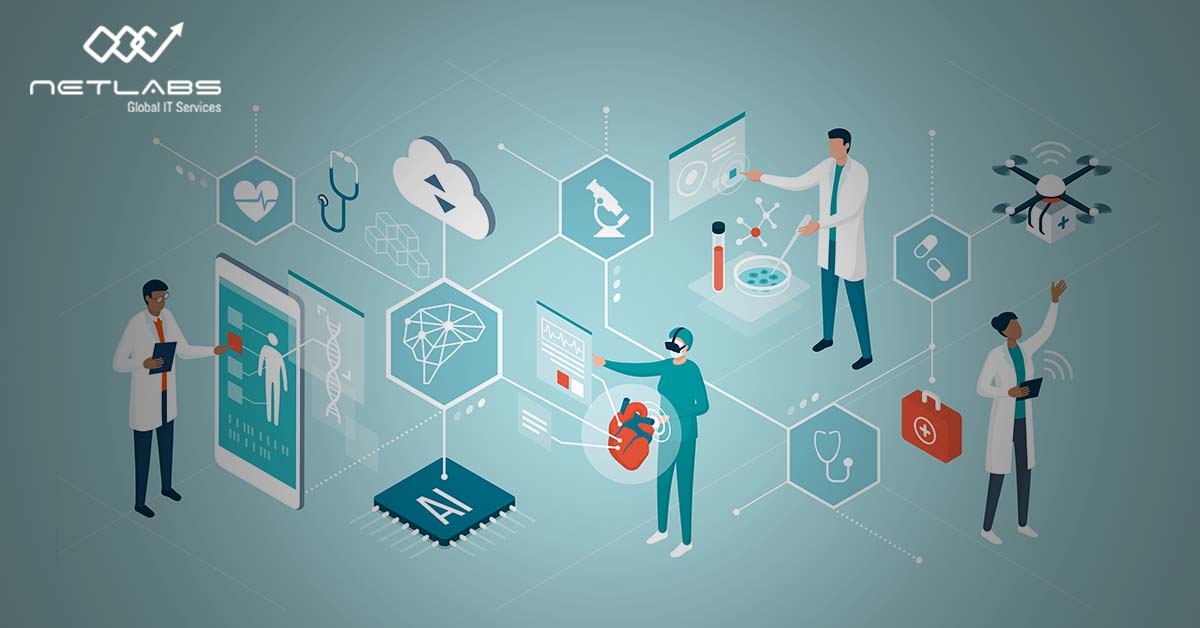According to recent studies in the hospital sector, doctors and their staff complete an average of 41 PAs (Prior Authorizations) per week, most of which is done over the phone. There is no doubt that the PA process needs to be innovated and improved which can be achieved by the Automation of the Authorization process.
Let’s explore the rationale for Prior Authorization automation in more detail, as well as the specifics of how prior authorization automation works for PAs and how model providers are already expediting prior authorization with the use of modern automation solutions.
Why do you need to automate Prior Authorization in Healthcare?
Prior Authorization (PA), in its simplest form, is the procedure a healthcare professional uses to confirm that the services and treatments are covered by a patient’s insurance before the treatment is provided. Employers frequently choose plans with more PAs to save healthcare costs since. Health insurance companies frequently use PA as a cost-cutting technique, and employers often select plans with more PAs to save on healthcare expenses.
Since PA is mostly a manual, laborious, and multi-step process, medical professionals need to keep in mind the following factors:
- Identify whether a service or treatment must be preauthorized
- Find the benefit’s administrator and the patient plan’s information
- Learn how to submit patient information (no two insurance companies use the same system)
- Relay patient and service/treatment data accurately
- Await the insurance provider’s response before providing any additional information
- Communicating the results of prior authorization
- Retrying unsuccessful authorizations
Though automation can’t make insurance portals better or make PA requirements simpler, it can assist providers in navigating easily in the portals and increase processing turnaround time with effectiveness. For various reasons, providers may be reluctant to update their prior authorization processing, such as that a few large insurers may cover most of their patients with established Prior Authorization workflows. However, this does not imply that those procedures couldn’t be completed more quickly or that taking care of people with different insurances should be as difficult as it is.
The prior authorization procedure needs to be updated since the benefits will far outweigh the cost.

Challenges medical providers face with Prior Authorization – without automation
Without automated prior authorization, there are several major difficulties that medical providers face. The following are some of the main difficulties:
- Extensive staff time dedicated to past authorizations
- Manual processes are tedious, ineffective, and prone to errors
- Different insurance systems, frequently legacy systems that demand data in various formats
- Rejections and wait times that impede and delay patient care
- Patient benefits are not sufficiently clear and transparent
Automating the PA processes
The PA process is a strong candidate for both Intelligent Automation and robotic process automation (RPA). Optical character recognition (OCR), natural language processing (NLP), computer vision, and machine learning are all used by intelligent automation, which overlays RPA with AI-related technologies. RPA bots can find and replicate the appropriate data using these techniques, even when spread over several different formats.
Automation works well with PA aggregator systems, which let providers examine benefits for several different health insurance providers on a single platform. And the best part is that RPA bots can easily be trained to effectively carry out operations with greater speed, precision, and fewer errors than human workers.
Even with an aggregator, the PA process still necessitates navigating numerous systems that are amenable to data extraction and evaluation utilizing automation. There is still no aggregator on the market that covers every insurance company a patient may utilize. To speed up prior authorization, in this case, a provider can train a smart bot to communicate with the aggregator system and every other insurance provider the provider accepts.
Conclusion
About a variety of Hospital operations-related processes, including PA, the power of intelligent automation is driving and making successful changes throughout the healthcare industry. Automation of any process can be achieved with a complete process understanding, and the automation requirements related to the business’s operations. Since RPA implementation includes several as-in process steps for implementing and using a bot to perform the process steps, the automation journey will give a successful ROI. Most importantly, choose the right RPA solution partner who can take care of the entire process end-to-end for your automation journey.
Netlabs Global is a leader in providing Robotics Process Automation, Artificial Intelligence, and Machine Learning solutions to help organizations successfully and effortlessly implement intelligent automation to their business processes. Talk to us today to learn more about how our solutions and services can help transform your business. It’s time to make the change and start the automation journey!





